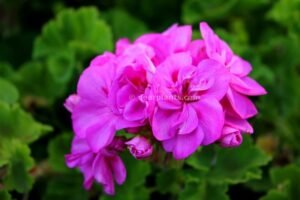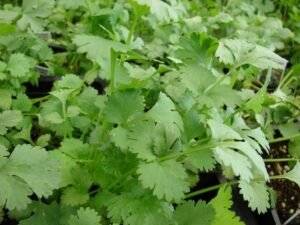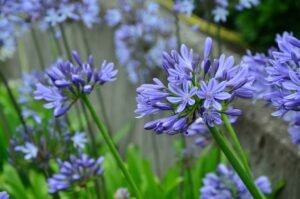Bergamot (Monarda didyma) is an herb that can grow 50cm – 1.5m tall and 10cm – 50cm wide. In this growing guide we’ll learn the cultivation details and how to plant Bergamot (Monarda didyma).
This plant has several common names including: bergamot, bee balm, bee balm tea plant, fragrant balm, hare mint, Indian feathers, Indian plume, lad’s love, low balm, mountain mint, Oswego tea, Robin-run-around, rose balm or sweet bergamot.
This is a deciduous plant that takes 2-5 years to reach full maturity.
In this article
Plant profile
Common name: bergamot, bee balm, bee balm tea plant, fragrant balm, hare mint, Indian feathers, Indian plume, lad’s love, low balm, mountain mint, Oswego tea, Robin-run-around, rose balm, sweet bergamot
Scientific name: Monarda didyma
Plant type: Herbs, Perennials
Habit: Clump-forming
Height: 50cm – 1.5m
Spread: 10cm – 50cm
Foliage: Deciduous
Sunlight: Full Sun
Soil: Loam
Moisture: Moist but well drained
Garden type: Informal Garden, Wildflower meadow, Wildlife Gardens
Planting type: Flower borders and bedding
Seasonal colors
| Season | Stem | Foliage | Flower | Fruit |
|---|---|---|---|---|
| Spring | ||||
| Summer | ||||
| Autumn | ||||
| Winter |

How to plant Bergamot (Monarda didyma) – Photo by David J. Stang, CC BY-SA 4.0, via Wikimedia Commons
[yarpp template=”yarpp-template-genus” require_tax='{“genus”: 1}’]
How to plant
In this section we will learn how to plant Bergamot (Monarda didyma), know its needs in terms of soil, watering and sun exposure.
Soil
Bergamot (Monarda didyma) is a plant that grows in loam conditions. It is not very sensitive to soil acidity or alkalinity and grows well in soils with pH acid, alkaline or neutral.
Regarding drainage, Monarda didyma likes to grow in moist but well drained soil.
Sunlight
Bergamot (Monarda didyma) should be grown in full sun places.

Cultivation profiles – Growing Bergamot (Monarda didyma) – Agnieszka Kwiecień, Nova, CC BY-SA 4.0, via Wikimedia Commons



